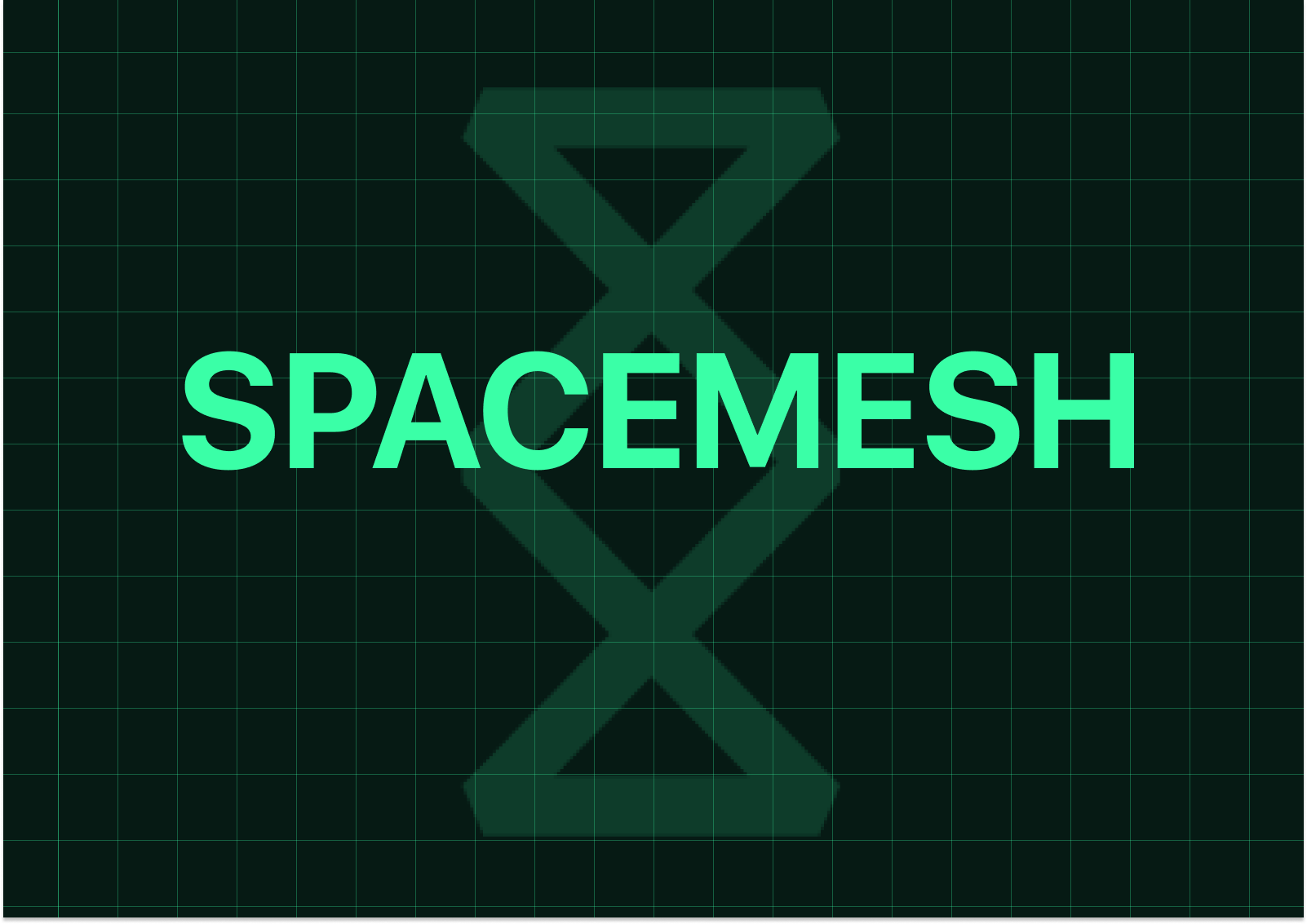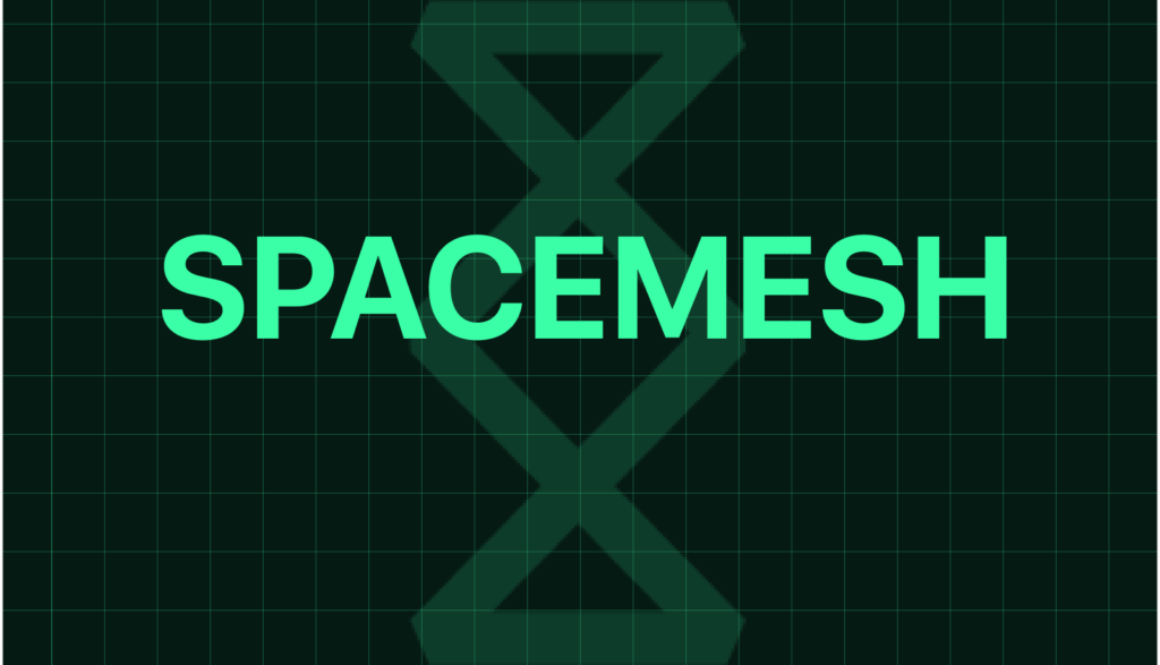Journey from Proof of Work to Proof of Space-Time

Introduction
In this post, we’re going to unravel the mystery of how cryptocurrencies like Bitcoin manage to agree on who owns what, without a central authority calling the shots. We’ll start with the classic proof of work, then explore newer ideas like proof of stake, and finally dive into an exciting new approach called Space Mesh. Buckle up, because we’re about to take a journey from the digital mines of Bitcoin to the frontiers of blockchain technology!
Background and Context: The Birth of Distributed Consensus
To understand consensus mechanisms, let’s first hop in our time machine and travel back to the 1980s. No, not for the music (though that was pretty great), but because that’s when computer scientists started wrestling with a tricky problem: how do you get a bunch of computers to agree on something when some of them might be lying?
This problem, known as distributed consensus, is like trying to organize a potluck dinner where some guests might be secretly trying to sabotage the meal. How do you make sure everyone brings the right dish when you can’t trust all the RSVPs?
Fast forward to 2008, and along comes a mysterious figure named Satoshi Nakamoto with a brilliant idea: what if, instead of counting votes from people (who can easily create fake identities online), we count votes based on computer power? This was the birth of Bitcoin and its consensus mechanism: proof of work.
In-Depth Explanation: From Proof of Work to Spacemesh
Proof of Work: The Digital Gold Rush
Proof of work is like a never-ending mathematical treasure hunt. Imagine thousands of computers around the world trying to solve a really hard math problem. The first one to solve it gets to add a new “block” to the blockchain and receives some shiny new bitcoins as a reward.
Here’s how it works:
- Transactions are grouped into a block.
- Miners (powerful computers) compete to solve a complex mathematical puzzle.
- The first miner to solve the puzzle gets to add the block to the blockchain.
- Other miners verify the solution and move on to the next block.
This system is clever because it makes it extremely expensive to cheat. If you wanted to change a past transaction, you’d need to redo all the work from that point forward, which would require more computing power than the entire honest network combined.
However, proof of work has some drawbacks:
- It’s energy-hungry. Bitcoin mining now uses as much electricity as a medium-sized country!
- It can lead to unfair reward distribution, with big mining operations getting a head start.
- It limits transaction throughput because only one miner can add a block at a time.
Proof of Stake: The Digital Stockholders Meeting
Enter proof of stake, the eco-friendly cousin of proof of work. Instead of a computational race, proof of stake is more like a lottery where your chances of winning are proportional to how many coins you hold.
Here’s the gist:
- Validators “stake” their coins as collateral.
- The network randomly selects a validator to create the next block.
- If the validator acts honestly, they earn transaction fees. If they cheat, they lose their stake.
This system uses far less energy and allows for faster transactions. However, it’s not without its critics. Some argue it could lead to centralization, with the richest validators accumulating more power over time.
Spacemesh: The New Kid on the Block(chain)
Now, let’s talk about an exciting new approach: Spacemesh. Developed by a team of researchers, Spacemesh aims to combine the best of both worlds while addressing their shortcomings.
Spacemesh is based on a concept called proof of space-time. Instead of using computational power or staked coins, it uses storage space over time. Here’s how it works:
- Participants allocate space on their hard drives to the network.
- The network selects participants to create blocks in each “layer” (think of layers as time periods).
- Selected participants create blocks and include transactions.
- The network uses a combination of voting and randomness to agree on which blocks are valid.
What makes Space Mesh special? Let’s break it down:
1. Race-Free Consensus
Remember how in Bitcoin, miners race to solve a puzzle? This can lead to wasted effort and unfair advantages. Space Mesh eliminates this race condition. If you’re selected to create a block, you can do so without worrying about someone beating you to it.
2. Increased Throughput
Because multiple blocks can be created in each layer, Space Mesh can potentially handle many more transactions per second than traditional blockchain systems.
3. Fair Reward Distribution
In Spacemesh, your chances of being selected to create a block are directly proportional to the amount of space you contribute. This makes it harder for large operators to gain unfair advantages.
4. Environmental Friendliness
While not as energy-efficient as proof of stake, Spacemesh uses far less energy than proof of work systems. Storing data is much cheaper and more environmentally friendly than constantly running computations.
5. True Decentralization
Unlike proof of stake, where the rich can potentially accumulate more power, Space Mesh allows anyone with spare hard drive space to participate meaningfully in the network.
6. Formal Security Proofs
The creators of Spacemesh have put a lot of effort into formally proving the security of their system. This means we can have more confidence in its resistance to attacks.
The Tortoise and the Hare: Spacemesh’s Dual Protocol Approach
Spacemesh uses two protocols working together: the Tortoise and the Hare. (And no, we’re not talking about Aesop’s fables here!)
The Tortoise protocol is like the steady, reliable backbone of the system. It slowly but surely confirms blocks and transactions, making them irreversible over time. It does this by having blocks vote on the validity of previous blocks.
The Hare protocol, on the other hand, is the quick decision-maker. It helps honest participants agree on recent blocks quickly, so you don’t have to wait for the Tortoise to slowly confirm everything.
Together, these protocols provide both fast initial confirmation and long-term security. It’s like having your cake and eating it too!
Real-World Applications and Implications
So why should you care about all this blockchain mumbo-jumbo? Well, consensus mechanisms are the beating heart of cryptocurrencies and blockchain technology. They determine how fast transactions can be processed, how much energy is used, and who gets to participate in the network.
Imagine a world where:
- International money transfers happen in min, not days, and cost cents instead of dollars.
- Voting systems are transparent and tamper-proof, ensuring fair elections.
- Supply chains are fully traceable, reducing fraud and improving safety.
These are just a few of the potential applications of blockchain technology. The consensus mechanism used can make the difference between a slow, energy-hungry system and a fast, efficient one that can handle real-world demands.
Spacemesh, with its innovative approach, could potentially unlock new use cases for blockchain technology. Its increased throughput could make it suitable for high-frequency applications like micropayments or real-time asset trading. Its fairness and accessibility could lead to more decentralized networks, reducing the risk of manipulation by powerful entities.
Conclusion
We’ve come a long way from the early days of Bitcoin’s proof of work. Through proof of stake and now to innovative approaches like Space Mesh, we’re seeing the evolution of consensus mechanisms in real-time.
These aren’t just abstract computer science concepts. They’re the foundations upon which the next generation of financial systems, supply chains, and decentralized applications will be built. As we continue to grapple with issues of trust, transparency, and fairness in our digital world, these consensus mechanisms will play an increasingly important role.
So the next time you hear about a new cryptocurrency or blockchain project, take a moment to look under the hood at its consensus mechanism. It might just give you a glimpse into the future of how we agree on things in our increasingly digital world.
Remember, in the world of blockchain, consensus isn’t just about agreement – it’s about building trust in a trustless world. And that’s something we can all agree is pretty amazing.
Further Reading
If you’re hungry for more blockchain knowledge, here are some resources to continue your journey:
- “Mastering Bitcoin” by Andreas M. Antonopoulos – A deep dive into Bitcoin and proof of work.
- Spacemesh Docs
